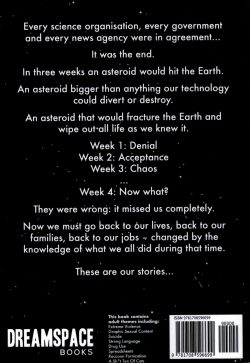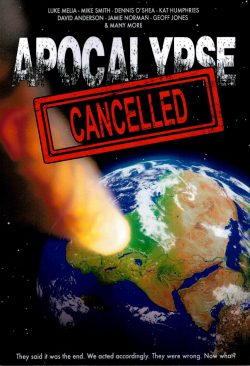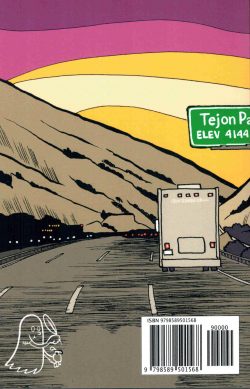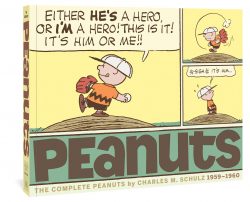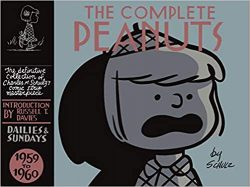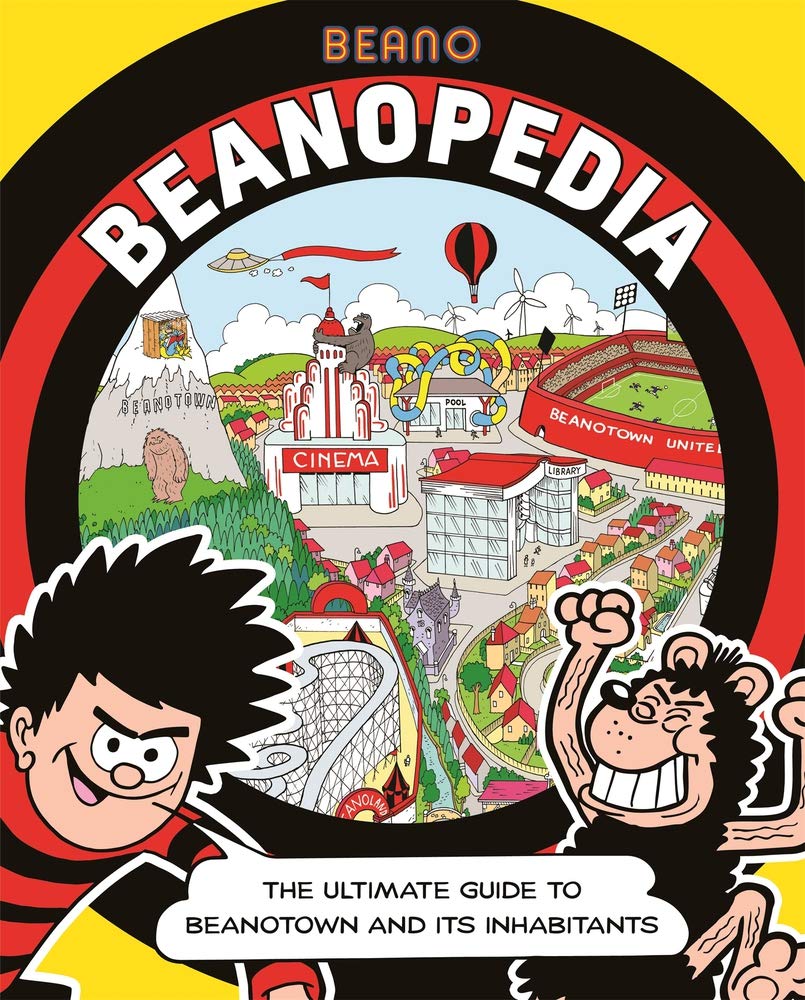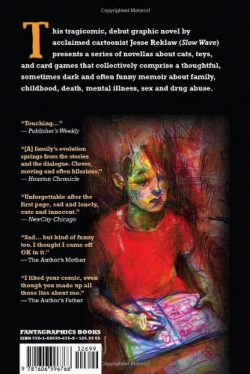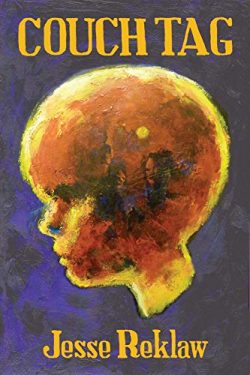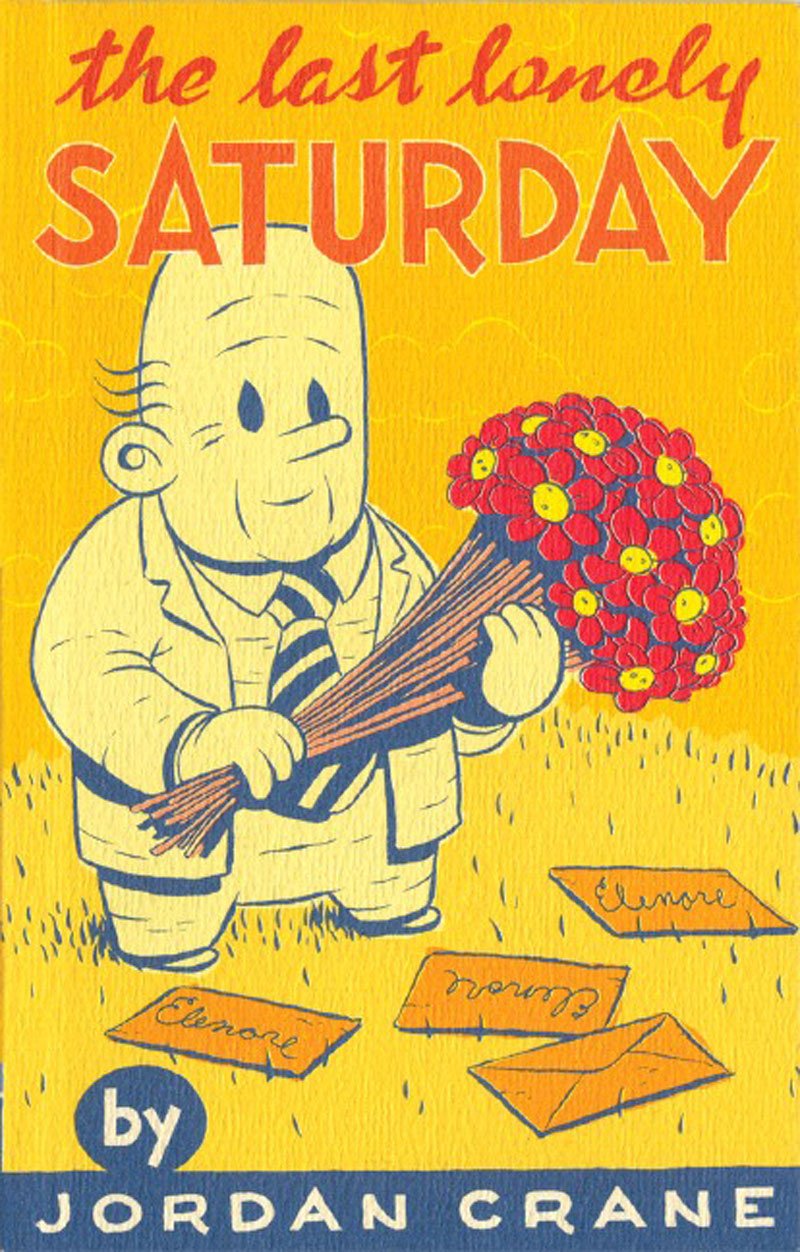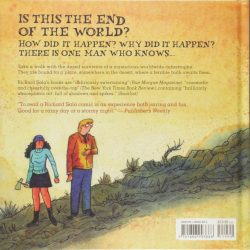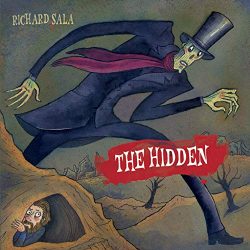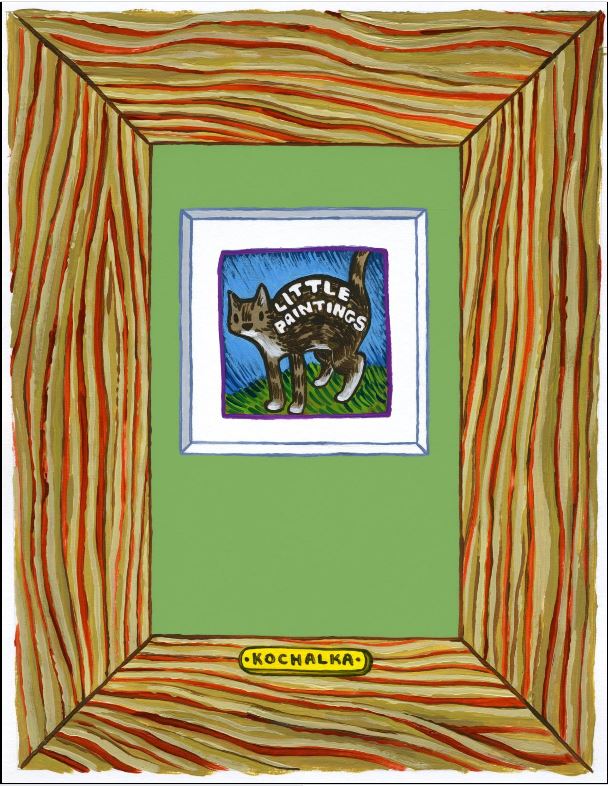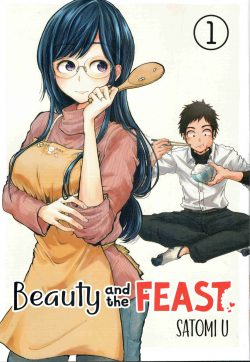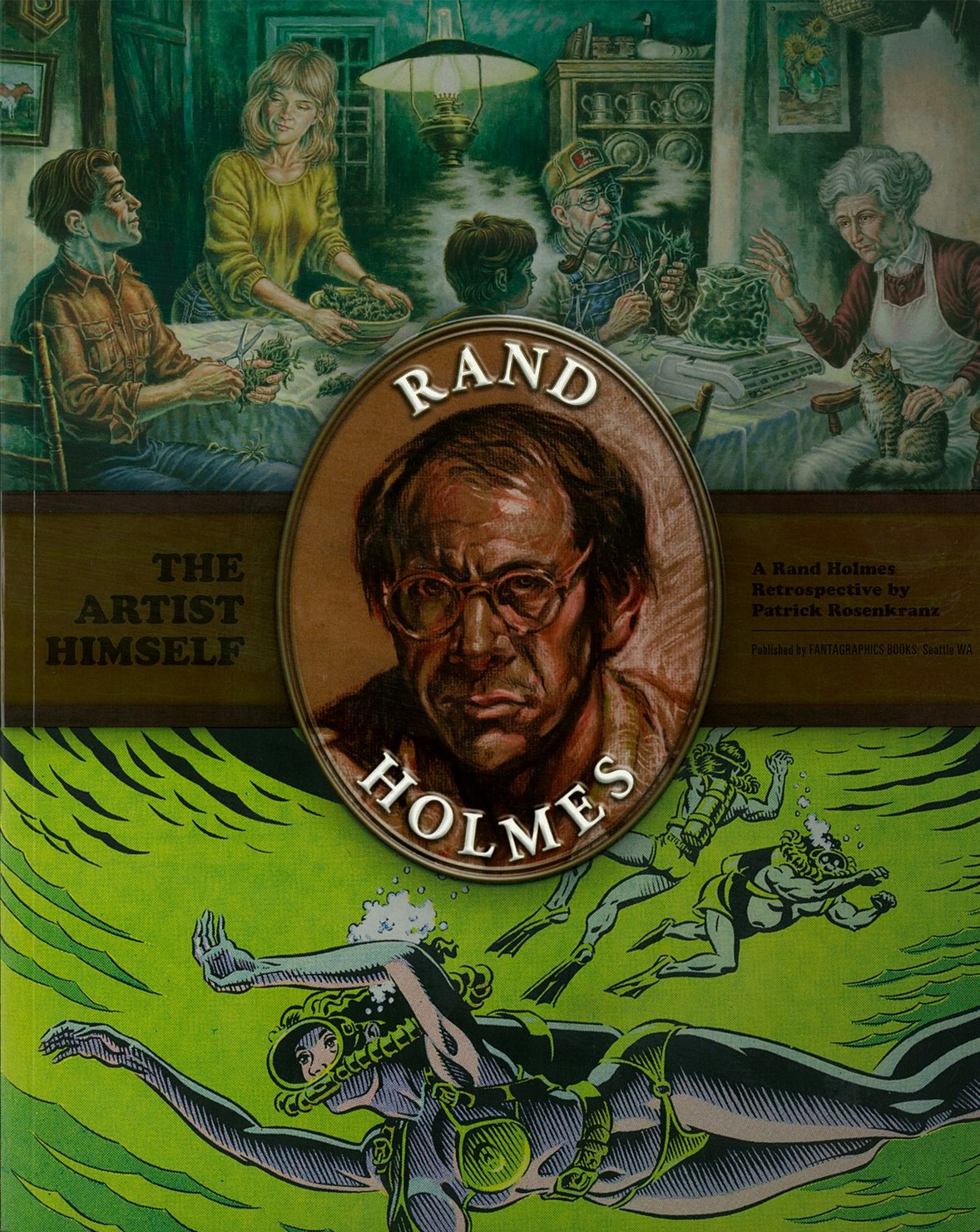
By Rand Holmes; written and compiled by Patrick Rosenkranz (Fantagraphics Books)
ISBN: 978-1-60699-170-1 (TPB)
Randolph Holton Holmes was a unique individual: a self-taught artist who grew up troubled, found peace and sufficiency if not fame and fortune, and died far too young on March 15th 2002. Available in wrist-wrenching paperback and soothing digital editions, this superbly curated compilation and biography re-presents scads of sketches; reproductions of drawings; cartoons and paintings he created in later life, preserved alongside a copious collection of his wickedly wonderful underground and alternative comic strips for fans and the soon to be devoted…
As usual, I’ll deliver here my warning for the easily offended: this book contains comic strips never intended for children. If you are liable to be offended by raucous adult, political and drug humour, or beautifully illustrated scenes of explicit sex, unbelievable comedic violence and controversial observations, don’t buy this book. In fact, stop reading this graphic novel review. You won’t enjoy any of it and might be compelled to cause a fuss.
I’ll cover something far more wholesome tomorrow so please come back then if you want. Be warned again though: I think you are being silly and may just cover something just as unseemly. That’s just the way I am…
Rand Holmes was born in Nova Scotia on February 22nd 1942 and raised in Edmonton, Alberta, Canada. After a rather remarkable early life (no clues from me – the whole point is to get you to buy this book) which included honing a prodigious artistic talent through diligently absorbing the work and drawing styles of Jack Davis, Will Eisner, Harvey Kurtzman (who bought Rand’s first profession efforts for Help! magazine) – and most especially Wally Wood – Holmes became a jobbing cartoonist and illustrator at The Georgia Straight in 1969: one of many youth-oriented, counter-culture /“underground†newspapers that blossomed during the period.
Whilst there he created signature character Harold Hedd. It ran as a regular strip, and was assembled in 1972 into an outrageously hilarious, adults-only comic-book The Collected Adventures of Harold Hedd. A second volume followed a year later. Married young and always restless, Holmes generated an astounding amount of cartoon and comic work, which appeared in White Lunch Comix, All Canadian Beaver Comics, Slow Death, Fog City Comics, Gay Comics, Dope Comics and Snarf, amongst many others.
Holmes was by inclination a completely liberated sexual and political satirist. Sadly, his meticulously lush and shockingly explicit strips often obscured powerful social commentaries by being just too damn well-drawn. He produced strips for Rolling Stone and Cheri magazine and, in the 1980s, worked briefly in the mainstream comics market. When the Direct Sales revolution first flourished, he crafted EC-flavoured yarns for genre anthologies Twisted Tales and Alien Worlds,reuniting with long-time publishing collaborator Denis Kitchen for horror anthology Death Rattle as well as the fabulous mini-series Hitler’s Cocaine: the hip, trippy, return of Harold Hedd (included in its entirety in this volume).
Holmes married a second time in 1982 and moved his family to the idyllic, isolated artistic community of Lasqueti Island where he increasingly concentrated on a self-sufficient life-style, with oil painting replacing cartooning as an outlet for his relentless artistic drives. Here, with other creative hermits, he built an art centre which has become his lasting monument.
He passed away from Hodgkin’s Lymphoma in 2002 and this book was the result of the first retrospective show compiled by his family from the treasury of superb material he left behind.
As well as a photo-stuffed and highly engaging history, this volume contains a wealth of artwork from early doodles to teen cartoons; illustrations and covers from his commercial art days; sketches; paintings; fascinating excerpts from the journals he kept for most of his life and a wonderful selection of his comics.
These last include many ‘Out to Lunch’ hotrod strips; early Harold Hedd pages from the Georgia Straight; sexy horror yarn ‘Raw Meat’; assorted ultra-nasty Basement Man tales; ‘Nip an’ Tuk – Those Cute Little Fuzzy Mices’; even more Hedd in ‘Wings Over Tijuana’ plus an unfinished story, as well as the aforementioned ‘Hitler’s Cocaine’ saga. Also on view are ‘And Here He Is… the Artist Himself’; ‘Killer Planet’; ‘Junkyard Dog’ (written by Mike Baron) and ‘Mean Old Man’ (written by Rob Maisch) – a powerful yarn that smacks of autobiography – before the artist portion concludes with a gallery of the stunning paintings that occupied his later days.
Rand Holmes was a true artist in every sense of the word: mostly producing work intended to change society, not fill his pockets. This terrific tome is a splendid and fitting tribute: one any grown-up art lover will marvel at and cherish.
© 2010 Patrick Rosenkranz, with the exception of the Rand Holmes diary entries which are © 2010 Martha Holmes. All artwork © 2010 Martha Holmes. Individual comic stories © their respective writers. All rights reserved.

